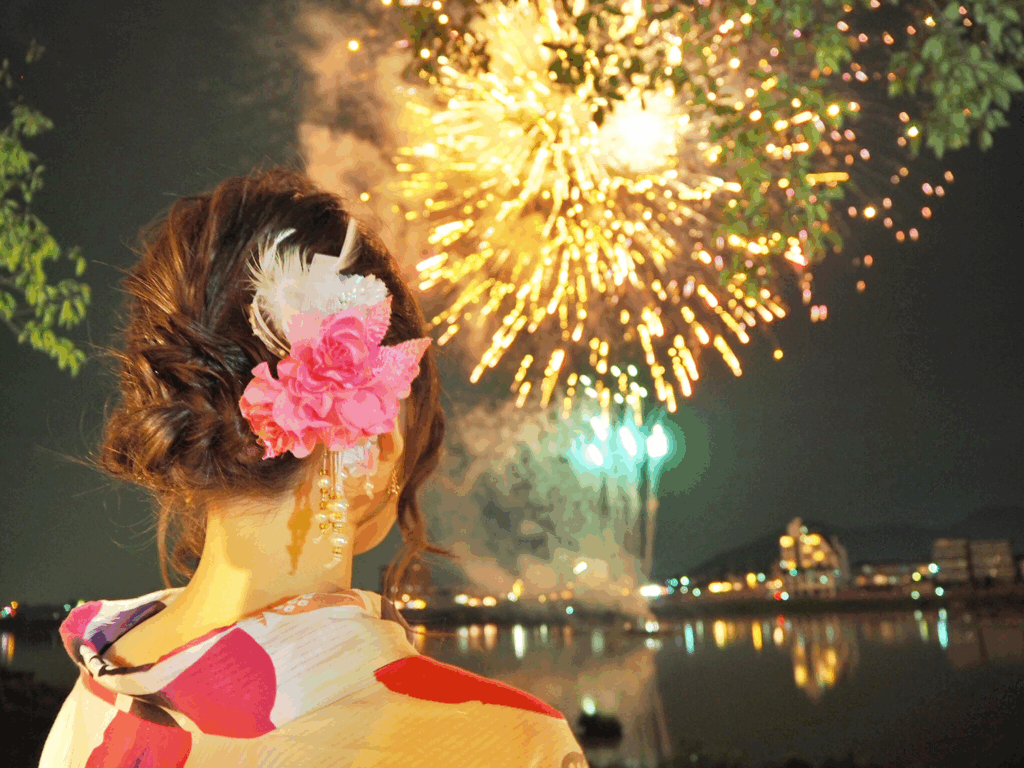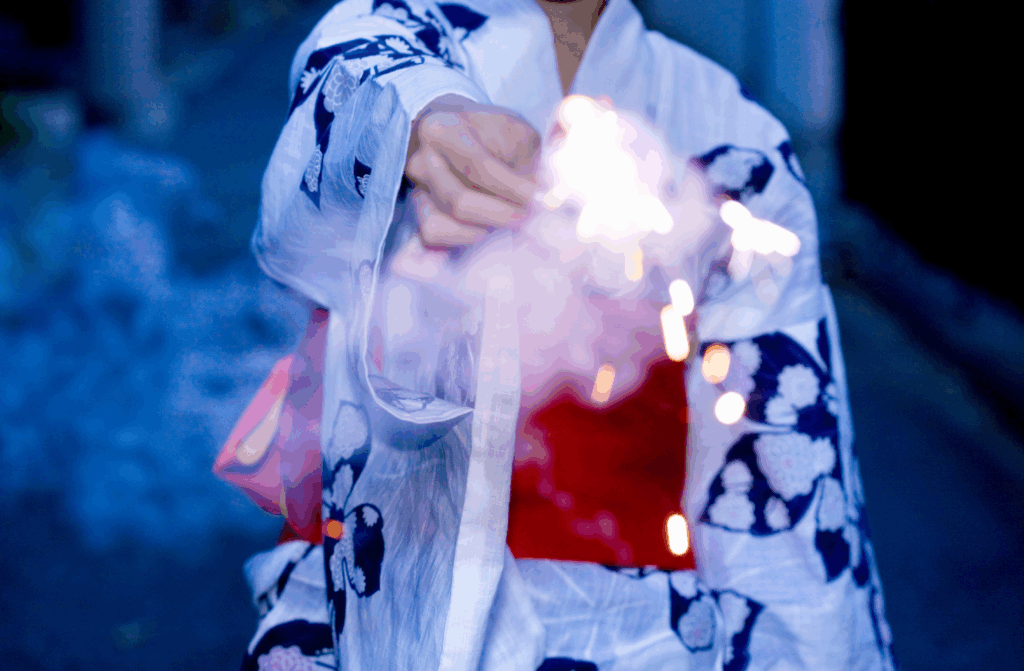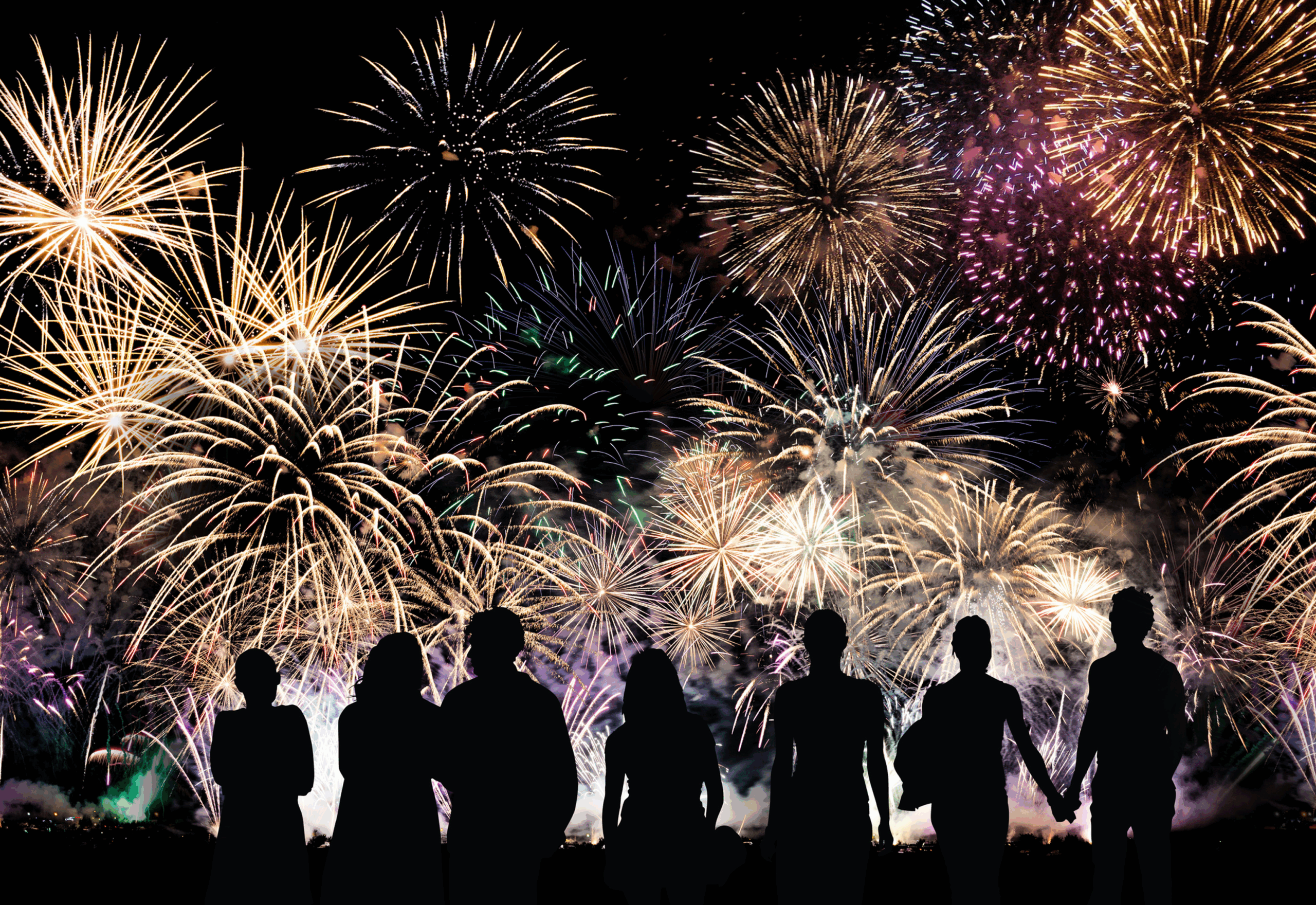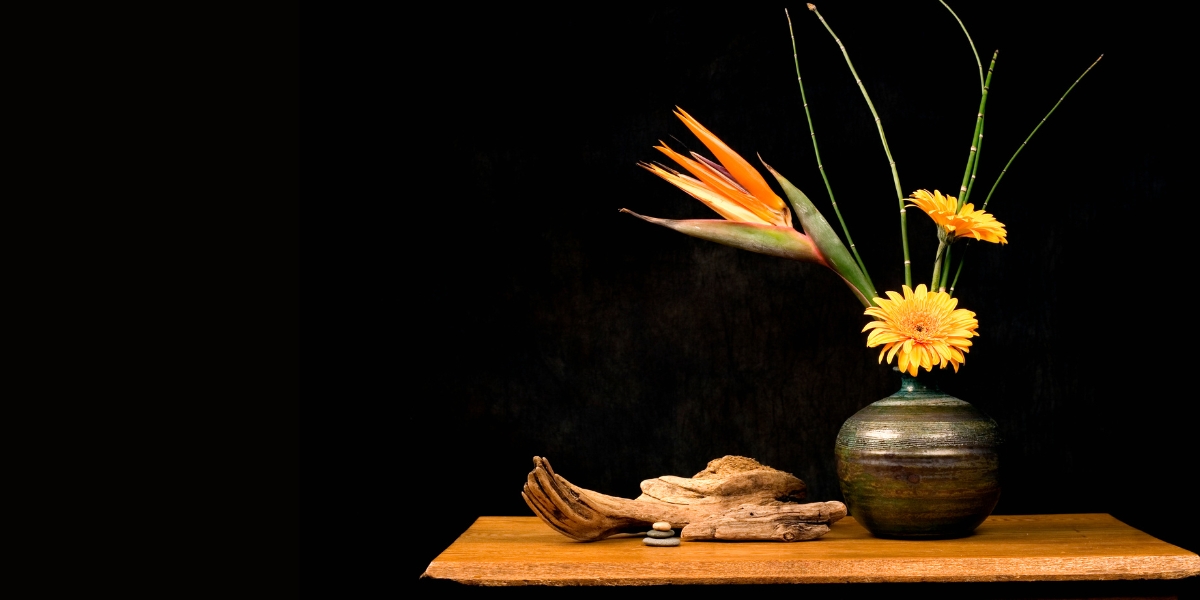Fireworks as More Than a Spectacle
Imagine a warm summer evening in Japan. The air is filled with the murmur of a crowd.Then, a collective gasp as the first firework streaks into the night sky, blooming into a colossal, silent flower of light before fading into memory.
For many outside Japan, hanabi (花火) are simply a beautiful pyrotechnic show. But for the Japanese, they are a seasonal tradition that evokes a deep sense of summer, nostalgia, and community. What if we told you that a Japanese fireworks display is not just a cultural event, but one of the most perfectly crafted user experiences in the world? In its fleeting beauty and emotional arc lies a masterclass in experience design.
The Ephemeral Power: Designing for the Moment
A firework exists for only a few brilliant seconds. Its value lies in its ephemerality. This deliberate impermanence creates a powerful sense of focus and immersion, much like Instagram Stories or live-streaming events.
But the artistry goes deeper. Japanese firework artisans are masters of crafting specific shapes—chrysanthemums, willows, and even hearts. These katamono (型物), or “shape fireworks,” are meticulously designed to offer a variety of artistic experiences within the larger show. This is the firework equivalent of UX micro-interactions: small, perfectly crafted moments of delight that enrich the overall experience and showcase immense technical skill.

Furthermore, the Japanese aesthetic values the silence between the explosions, the concept of Ma (間). This pregnant pause builds anticipation, allowing each subsequent firework to land with greater impact.In UX, Ma is the whitespace on a page, the thoughtful pause before a confirmation, giving positive elements their meaning and rhythm.
Crafting an Emotional Journey: The Peak-End Rule and UX Journey Maps
A 90-minute fireworks display is not a random sequence of explosions; it is a meticulously paced emotional story. This story is a perfect illustration of psychologist Daniel Kahneman’s Peak-End Rule, which states that we judge an experience based on its most intense point (the “peak”) and its end. The memory of the entire event is overwhelmingly shaped by the breathtaking intensity of its grand finale.
Zooming out, the entire fireworks program with its quiet opening, rising action, mid-show climax, and explosive finale, can be seen as a real-world UX Journey Map.It acknowledges that the user’s experience is not uniform. Just as a UX designer must craft distinct experiences for the “first 5 minutes” of onboarding, the phase of “long-term engagement,” and the crucial moment of “offboarding,” a fireworks master designs an emotional arc that unfolds over time.
A Tale of Two Contexts: The Cultural Layer of UX
The power of an experience is defined by its cultural context. In the West, fireworks often punctuate a single, explosive moment of celebration: New Year’s Eve, Independence Day. The meaning is concentrated and joyous. In Japan, the context is different. While celebratory, hanabi are deeply tied to summer and, historically, to prayer and remembrance. This tradition has deep roots.
Two of Japan’s most famous festivals, for instance, were born from tragedy:
The Sumida River Fireworks (Tokyo):
First held in 1733 to mourn the victims of a great famine and pray for an end to the plague.
The Nagaoka Fireworks (Niigata):
Started in 1946 to honor the souls of those lost in WWII air raids and to pray for the city’s reconstruction.
This underlying layer of remembrance and hope adds a profound sense of poignancy and communal reflection that transcends mere entertainment.
This provides a vital lesson for global UX:
the same product or feature (a firework) can have a completely different meaning and emotional resonance depending on the cultural context in which it is experienced. A truly successful global product doesn’t just get translated; it resonates with local values and traditions.
Collective Awe: The Power of Social UX
A core part of the hanabi experience is the shared context: the hum of the crowd, the collective “oohs” and “ahhs,” the spontaneous applause.These shared reactions amplify the individual emotional experience, creating a powerful sense of connection and community.
This is the essence of social UX. An experience becomes more valuable when it can be shared. Whether it’s seeing friends’ activity on a fitness app or collaborating on a project in real-time, designing for shared experience transforms a solitary interaction into a communal event.

Conclusion: Design Like Fireworks
The Japanese fireworks tradition is a powerful embodiment of masterful experience design.
It teaches us to:
Design for the entire journey: Craft an emotional arc with meaningful peaks, just like a UX Journey Map.
Perfect the details: Use ephemeral, beautiful micro-interactions to create moments of delight.
Embrace the pause: Use “Ma” (the space between) to build anticipation and add rhythm.
Understand the context: Recognize that cultural meaning transforms a good product into a beloved experience.
A firework display is more than a show; it’s a masterclass in how to capture attention, craft emotion, and create lasting memories.The ultimate lesson for designers is simple: Design UX like fireworks: ephemeral, intense, shared, and unforgettable.
At Uism, a Tokyo-based UX research consultancy, we believe that understanding the deep cultural context behind powerful experiences is the key to success.If you’re looking to create unforgettable user experiences in Japan, we’re here to help you light up the sky.
Related Article:
A deeper look into Ma (間)—how Japan’s philosophy of pause and emptiness defines digital UX aesthetics.


